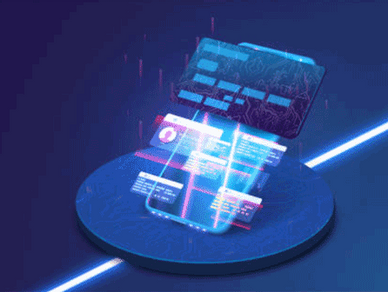by Abhishek Tiwari, Sr. Business Analyst, Volante Technologies
Faster and near-real-time payments are rapidly becoming the worldwide norm: in 2020, real-time payments jumped 41% to 70.3 billion transactions globally. In the U.S., according to a survey recently conducted by Volante, mid-tier bank connections to The Clearing House RTP® network are expected to triple within the next year. Europe is experiencing similar growth in the adoption of SEPA instant payments.
The tipping point for real-time payments came during the COVID-19 pandemic, which dramatically accelerated the movement away from cash and checks towards instant digital money transfer fulfillment methods. Consumers and businesses began to see the value of real-time payments in situations like the following:
- Immediate reimbursements for insurance or medical claims
- Direct government payments for unemployment benefits and livelihood sustenance
- Domestic and cross-border remittances from workers to their families
The common thread in the above is that beneficiaries cannot wait hours or days for payments to be credited to their accounts. Their need is immediate.
Real-time Payments Are Faster, But Not Vice Versa
While payments are gaining in speed and reliability, there remains an important distinction between “faster” and “real-time” payments. All real-time payments are faster payments, but not all faster payments are real-time. For comparison, consider AMT (Automated Manual Transmission) vs. CVT (Continuous Variable Transmission) car transmissions. Both are efficient, but CVT offers a superior customer experience.
Translate this to the world of payments. Faster and real time payments offer similar levels of efficacy, but only real-time can deliver truly immediate experiences at point of need. Faster ACH payments can still lag when processed through multiple batches. The two payment mechanisms can also have different credit and settlement risk profiles, and therefore different transaction limits.
Yet, both stand out in having unique use cases. RTP rails are seeing the fastest growth around irreversible credit push payments, while ACH and Same Day ACH continue to be the instruments of choice on the debit side, while maintaining popularity on the credit side by having better risk and fraud controls.
Real-time Cross-Border: The Next Stage of Evolution
A number of initiatives are under way to extend the reach of real-time and faster payments networks beyond domestic border.
The Bank of International Settlement (BIS) has released Nexus, a blueprint to link immediate payments of different countries to facilitate cross-border payments in real-time.
Recently the Reserve Bank of India (RBI) signed an agreement with the Monetary Authority of Singapore to link India’s Unified Payment Interface (UPI) with Singapore’s PayNow by July 2022 to enable low-cost cross-border funds transfer using Virtual Payment Address (VPA). In April 2021, Singapore’s PayNow and Thailand’s PromptPay were linked to allow customers of their respective banks to transfer funds using their telephone numbers.
Getting Ready For The Faster and Real-time Future
In an environment where both payment types will co-exist, financial institutions must be ready for 24x7x365 real-time operation regardless of rail. They must also be ready for today’s faster payments use cases to evolve into tomorrow’s real time applications based on customer requirements.
Does this mean banks need to completely replace their existing infrastructure? No – the answer is smart payments modernization, using technology with the following characteristics:
- Rail-agnostic
- Globally deployable, locally configurable
- Plug and play operation, and easy integration with core and existing legacy systems
- Cloud-native to take advantage of the scalability and deployment flexibility of cloud






